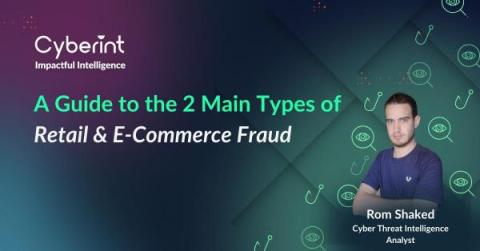Anyone Can Be Scammed and Phished, With Examples
I recently read an article about a bright, sophisticated woman who fell victim to an unbelievable scam. By unbelievable, I mean most people reading or hearing about it could not believe it was successful. A group posing as an Amazon employee and various U.S. law enforcement agencies were able to convince a woman to take $50,000 out of her bank account in cash and hand it off to a complete stranger in the streets. It is a wild story and most of us would not be tricked into doing what happened to her.










